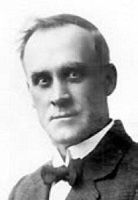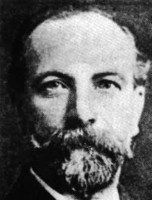

Kirtley, McMillan, Lumsden, Singleton, the captain, and Murdoch, Macdonald, J. Allan, Hall and Grayston, W.M. Allan, Leslie, Wade and Innes.
Tom Porteus Willie Dunlop Ted Doig Jack Auld Bob Smellie James Gillespie David Hannah James Hannah
John Scott Hugh Wilson John Harvey John M Campbell James Millar Bill Gibson Manager: Tom Watson
